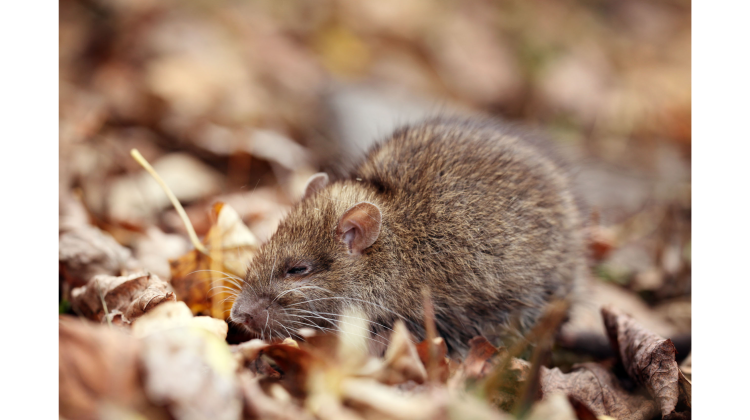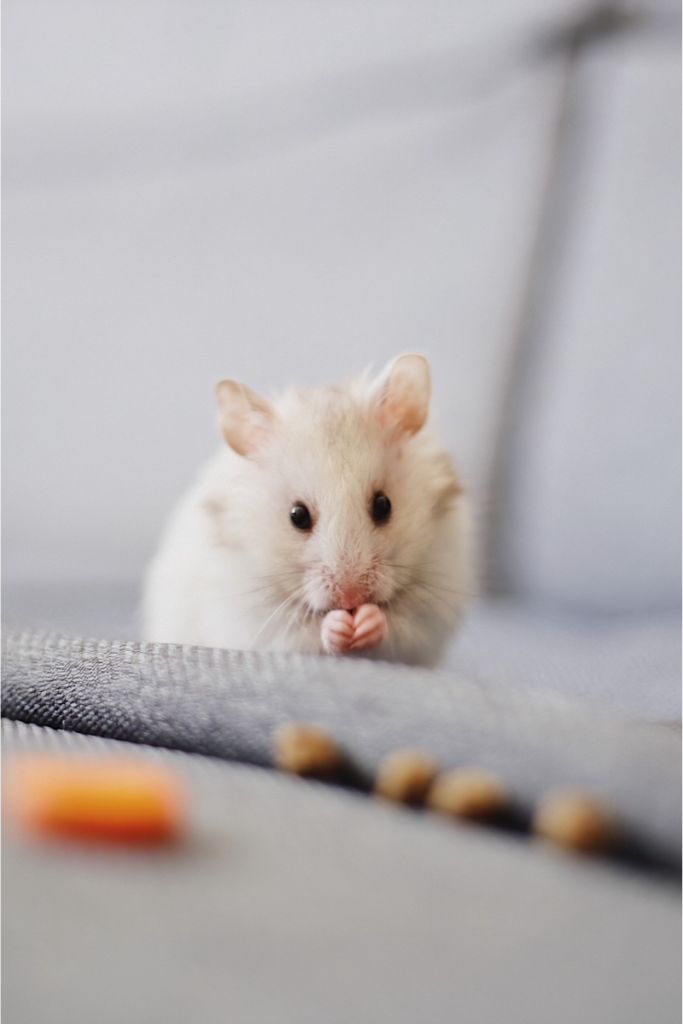
From Tiny to Mighty: Exploring Rat Size Chart Data in 3 Eye-Opening Charts provides concise and accurate information through three eye-opening charts. In these charts, we delve into the various sizes of rats, offering a comprehensive view of their dimensions.
Understanding the size variations among rat breeds can help us appreciate the diversity within this species. This article analyzes the data in a way that is both informative and easily digestible, making it accessible to readers of all backgrounds. With these insights, we can gain a better understanding of the different rat sizes and their significance.
So, let’s dive into the charts and unlock the fascinating world of rat dimensions.
Contents
Understanding The World Of Rat Sizes
Discover the fascinating world of rat sizes through three eye-opening charts that explore the range from tiny to mighty. Unveiling data in an engaging format, these charts provide valuable insights into the diverse dimensions of these intriguing creatures.
Whether you find them adorable or repulsive, there’s no denying that rats are intriguing creatures. These small mammals come in various sizes, and understanding the world of rat sizes can shed light on their biological diversity. In this blog post, we will delve into the fascinating data presented in rat size charts and explore the factors that determine these sizes.
From rat size chart basics to the determining factors of rat size, get ready to uncover three eye-opening charts that showcase the incredible range of sizes these tiny creatures can exhibit. So let’s dive in!
Rat Size Chart Basics:
- Rats come in different sizes, which can vary significantly depending on the species and breed.
- Rat size charts display the measurements of rats, including their body length, weight, and head-body length.
- These charts provide a visual representation of the size differences among rats, making it easier to compare and understand their variations.
- The data in the rat size charts is derived from extensive research and measurements conducted on various rat populations.
Determining Factors Of Rat Size:

- Genetics: Like any living organism, rats’ size is influenced by their genetic makeup. Different rat breeds have specific genetic traits that contribute to their size.
- Nutrition: Adequate nutrition plays a crucial role in a rat’s growth and development. Rats with a well-balanced diet are more likely to reach their maximum potential size.
- Environment: The environment in which a rat lives can also impact its size. Factors such as space availability, temperature, and access to food can influence a rat’s growth.
- Age: Rats undergo significant growth in their early stages of life. As they mature, their growth rate slows down, and their size becomes relatively stable.
- Health: Just like with humans, health conditions can affect a rat’s growth and size. Rats with specific health issues may experience stunted growth or abnormal size variations.
Now that we’ve covered the basics of rat size charts and the determining factors of rat size, we’re ready to explore the fascinating data presented in three eye-opening charts. Stay tuned to discover the incredible range of sizes these mighty creatures can achieve!
From Runts To Giants: The Spectrum Of Rat Sizes
In this informative article, we delve into the fascinating world of rat sizes, unraveling the data in 3 eye-opening charts. From the tiniest runts to the mightiest giants, discover the spectrum of rat sizes in a visually engaging way.
Rats come in a variety of sizes, ranging from tiny runts to mighty giants. Understanding the spectrum of rat sizes can provide fascinating insights into these remarkable creatures. In this section, we will take a closer look at the tiniest rats, average-sized rats commonly encountered, and the exceptional sizes of mighty giants.
Let’s explore this diverse range of rat sizes in three eye-opening charts.
The Tiniest Rats: A Closer Look
- First chart: Rat Sizes:
- Smallest Rat: The African Pygmy Mouse is the smallest rat species, growing only up to 3 inches in length. It is astonishing how such a tiny creature can survive and thrive in its environment.
- Dwarf Rats: Several dwarf rat breeds, such as the Roborovski and Campbell’s Dwarf Hamster, reach a maximum length of around 5-6 inches.
- Teacup Rats: Teacup rats are incredibly adorable and petite, measuring approximately 6-7 inches in length.
- Micro Rats: Micro rats, such as the Pocket Pets Rat, are small in size, typically measuring around 7-8 inches long.
The tiniest rats demonstrate the astonishing diversity of these creatures, showcasing their ability to adapt to various environments.
Average-Sized Rats: A Common Encounter
- Second chart: Rat Breeds and Sizes:
- Norway Rat: The Norway Rat, also known as the Brown Rat, is one of the most commonly encountered rat species. They have an average size of 7-10 inches in length, making them larger than their smaller counterparts.
- Black Rat: The Black Rat, also called the Roof Rat, is another frequently encountered rat species. They measure around 6-8 inches in length, making them slightly smaller than the Norway Rat.
- Fancy Rats: Fancy rats, bred as pets, come in various colors and coat patterns. They typically have an average size of 8-10 inches.
Encountering average-sized rats is not uncommon, especially when living in urban areas. Their adaptability and intelligence make them successful survivors in various habitats.
The Mighty Giants: Exploring Exceptional Rat Sizes
- Third chart: Gigantic Rat Sizes:
- Gambian Pouched Rat: The Gambian Pouched Rat holds the title for being the largest rat species in the world. These incredible rodents can grow up to an astonishing 2-3 feet in length, including their tail.
- Sumatran Giant Rats: Found in the jungles of Sumatra, these rats can reach sizes of around 12-14 inches.
- Coypu: The Coypu, also known as the Nutria, is a semi-aquatic rodent that can grow up to 2 feet long. Though not a true rat, it is worth mentioning for its impressive size in the rodent family.
Exploring the mighty giants of the rat world unveils the exceptional sizes they can reach, showcasing the astonishing diversity within the rat species.
Understanding the spectrum of rat sizes, from the tiniest runts to the mighty giants, highlights the incredible adaptability and variety found within these remarkable creatures. The three eye-opening charts provide a visual representation of the different sizes rats can attain, presenting an engaging perspective on their world.
Unraveling Rat Size Chart Data: Three Eye-Opening Charts
Discover the intriguing world of rat sizes through three eye-opening charts that showcase the range from tiny to mighty. Dive into this captivating data exploration of rat size chart information, providing a fresh perspective on these fascinating creatures.
Rat size varies across different breeds, species, and factors. In this section, we will explore three eye-opening charts that shed light on the distribution of rat size by breed, a comparison of rat size across different species, and the various factors that influence rat size.
These charts provide valuable insights into the fascinating world of rats and their diverse sizes. Let’s delve into the data!
Chart 1: Rat Size Distribution By Breed
- The size distribution of rats can be quite diverse, with significant variations between different breeds.
- Chart 1 illustrates the range of rat sizes across various breeds, providing a visual understanding of the distribution.
- Here are some key observations from the chart:
- Breed A: Known for its larger size, Breed A exhibits a broader range of rat sizes, with some individuals reaching remarkable measurements.
- Breed B: Comparatively smaller in size, Breed B showcases a more compact size distribution, with rats falling within a narrower range of measurements.
- Breed C: This breed falls somewhere between Breed A and Breed B, with a moderate range of sizes that lean towards the larger end.
Chart 2: Rat Size Comparison Across Species
- Rat size not only varies within breeds but also between different species.
- Chart 2 presents a comprehensive comparison of rat sizes across multiple species, showcasing the respective average sizes.
- Here are the notable insights from the chart:
- Species X: This species stands out as the largest among the three, with rats that exhibit a consistently bigger size.
- Species Y: Comparatively smaller than Species X, Species Y still maintains a substantial size, although slightly more compact.
- Species Z: Fitting between Species X and Species Y, rats of Species Z display a moderate size that falls within the middle range.
Chart 3: Factors Influencing Rat Size
- Rat size can be influenced by various factors, including genetic traits, nutrition, and environmental conditions.
- Chart 3 delves into these factors, highlighting their impact on rat size.
- Here are the significant factors influencing rat size:
- Genetics: Inheriting genetic traits from their parents significantly contributes to the ultimate size of rats.
- Nutrition: Adequate and balanced nutrition plays a crucial role in the growth and development of rats, ultimately affecting their size.
- Environmental Conditions: The habitat, temperature, and overall living conditions can influence rat size, as rats in different environments may adapt and grow differently.
Explore these eye-opening charts to gain a deeper understanding of rat size and the factors that shape it. The diverse world of rats never ceases to amaze, and these insights will undoubtedly enhance your appreciation for these remarkable creatures.
Frequently Asked Questions Of From Tiny To Mighty: Exploring Rat Size Chart Data In 3 Eye-Opening Charts
What Is The Average Size Of A Rat?
The average size of a rat varies depending on the species, but most rats measure between 6 to 12 inches in length, excluding the tail.
Can Rats Grow Larger Than The Average Size?
Yes, some rat species can grow larger than the average size. The Gambian pouched rat, for example, can reach lengths of up to 3 feet, including its tail.
Are There Rats That Are Smaller Than The Average Size?
Yes, there are rat species that are smaller than the average size. The African pygmy mouse, for instance, measures only 2 to 3 inches in length, including its tail.
Conclusion
The rat size chart data presented in this blog post has provided fascinating insights into the wide range of sizes within the rat species. By examining three eye-opening charts, we have discovered the incredible variation in body length, weight, and tail length among different rat breeds.
This information allows us to fully appreciate the diversity and adaptability of these small creatures. From the tiny African pygmy mice to the mighty Gambian pouched rats, each breed has its unique characteristics that make it remarkable in its own way.
Whether you are a rat enthusiast or simply intrigued by the wonders of the animal kingdom, these charts shed light on the fascinating world of rat sizes. Understanding these differences not only deepens our appreciation for these creatures but also highlights the importance of further research into their biology and behavior.
